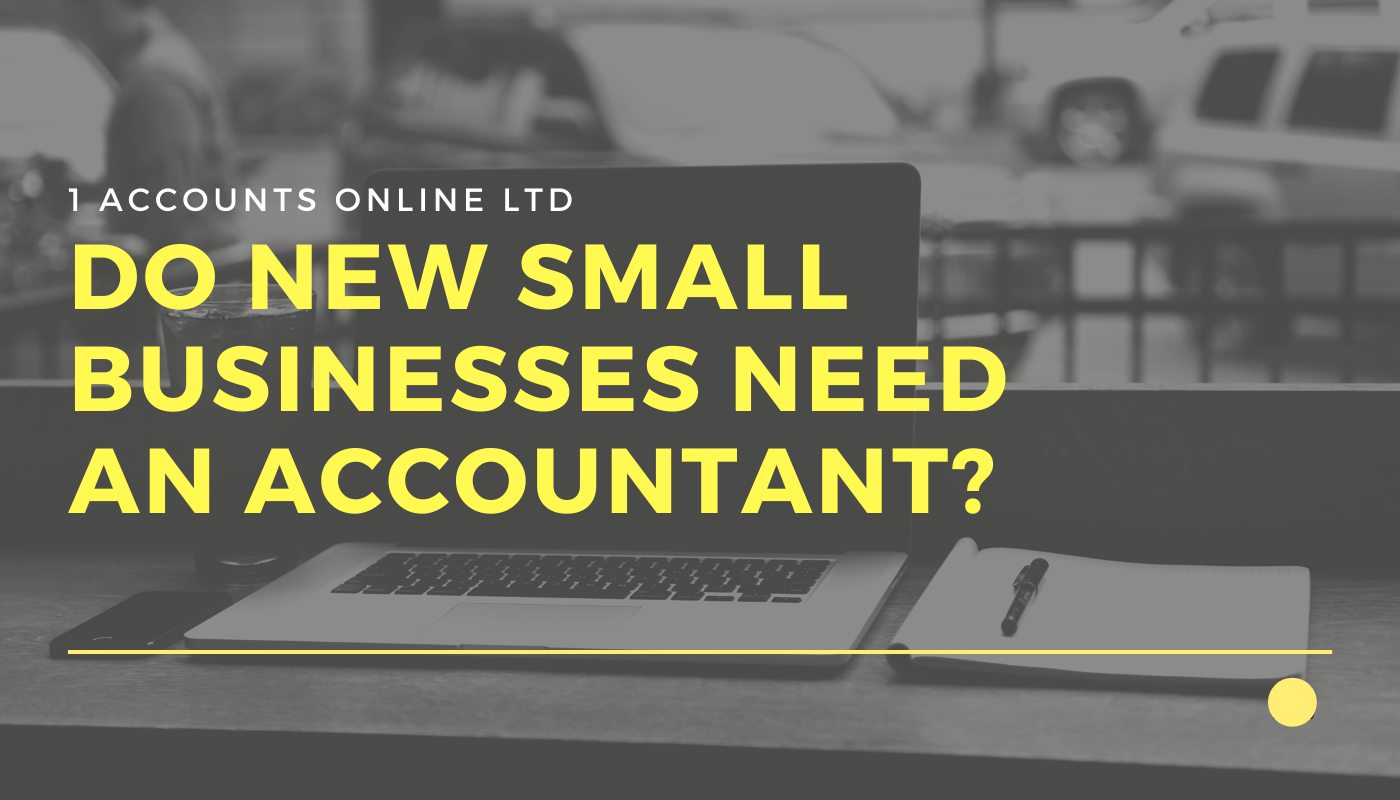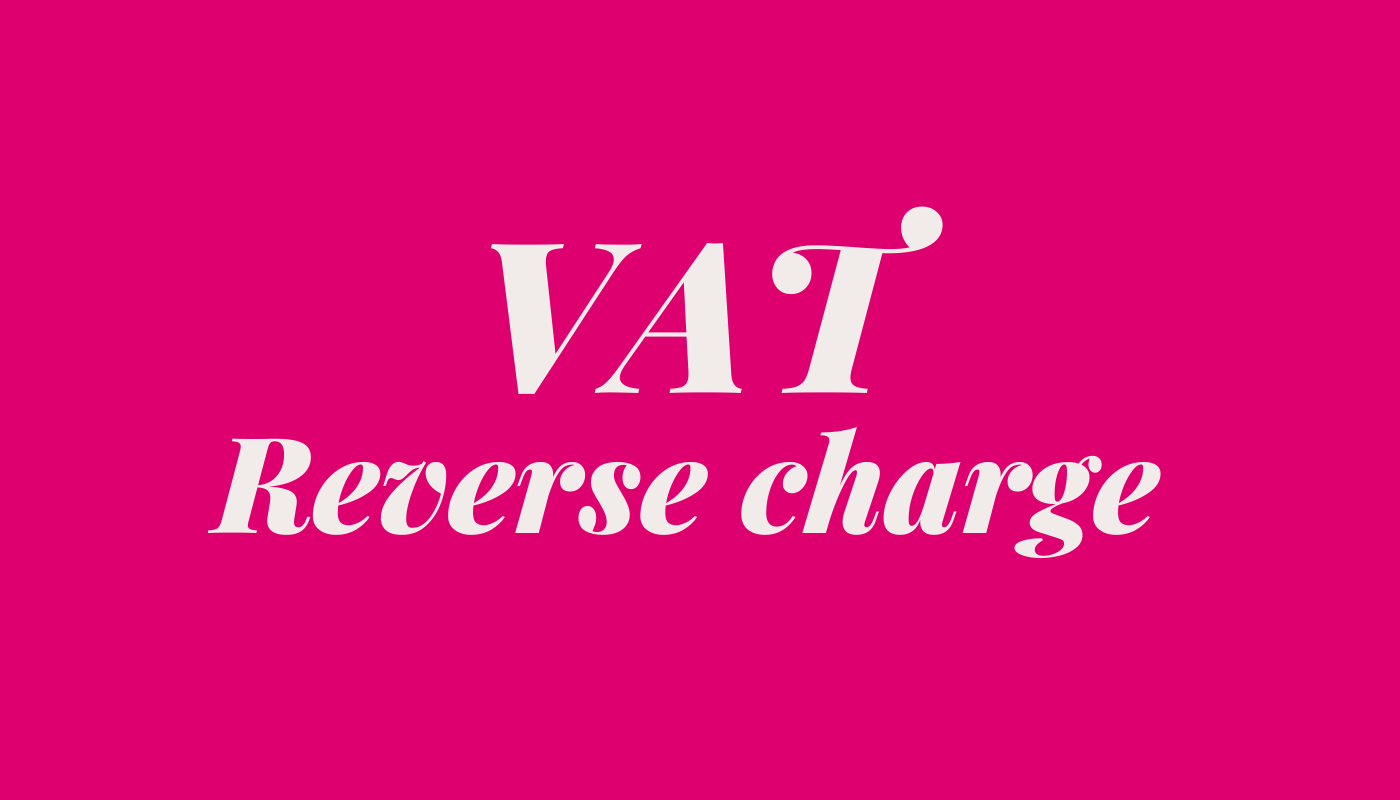The UK budget took place on the 3rd of March 2021. Since then we have been getting more information through regarding the changes announced by the chancellor. Here is what we know so far:
CORPORATION TAX RATES TO INCREASE TO 25% BUT NOT FOR ALL COMPANIES
The UK corporation tax rate is currently one of the lowest rates of the G20 countries and the government states it is committed to keeping the rate competitive.
That should have the effect of encouraging companies to remain in the UK and companies to set up here. With other countries considering raising corporate tax rates the chancellor has announced that the UK will follow suit and consequently the rate will increase to 25% from 1 April 2023 where profits exceed £250,000. However, where a company’s profits do not exceed £50,000 the rate will remain at the current 19% rate and there will be a taper above £50,000. Businesses will however be able to take advantage of new tax breaks to encourage investment in equipment and an enhanced carry back of losses.
SUPER-DEDUCTION FOR INVESTMENT IN NEW EQUIPMENT
In order to encourage companies to invest in new capital equipment the chancellor announced a radical new “super-deduction” of 130% where they invest in new plant. This would mean that when a company buys plant costing £10,000 they would qualify for a £13,000 deduction in arriving at business profits. The new deduction, which will run for two years from 1 April 2021, will not be available for motor cars. Certain assets such as fixtures in buildings will only qualify for 50% relief in the first year instead of the normal 6% writing down allowance.
THREE YEAR CARRY BACK OF TRADING LOSSES
Many businesses will have made a loss in the last year as a result of the Coronavirus pandemic and the difficult trading environment.
Trading losses can normally only be set against profits of the preceding accounting period or previous tax year in the case of unincorporated businesses.
The chancellor has announced that the carry back period will be temporarily increased to three years thereby enabling the business to obtain a tax refund. For companies this will apply to loss making accounting periods ending in the period 1 April 2020 to 31 March 2022. For unincorporated traders, the extended loss relief will apply to losses incurred in 2020/21 and 2021/22.
The amount of trading losses that can be carried back to the preceding year remains unlimited for companies. After carry back to the preceding year, a maximum of £2,000,000 of unused losses will then be available for carry back against profits of the same trade of the previous 2 years. There will be a similar £2,000,000 limit for unincorporated businesses.
NO CHANGES TO INCOME TAX RATES AND PERSONAL ALLOWANCE FROZEN
The basic rate of income tax and higher rate remain at 20% and 40% respectively, and the 45% additional rate continues to apply to income over £150,000.
The personal allowance and higher rate threshold have been increased in line with inflation to £12,570 and £50,270 respectively for 2021/22. These thresholds will then be frozen until 2025/26 possibly yielding an extra £19 billion for the government.
There had again been rumours that the dividend rate might be increased, but dividends continue to be taxed at 7.5%, 32.5% and then 38.1%, depending upon whether the dividends fall into the basic rate band, higher rate band or the additional rate band. Note that the first £2,000 of dividend income continues to be tax-free.
NATIONAL INSURANCE RATES
The national insurance contribution (NIC) rates and bandings were announced 16 December 2020 to take effect from 6 April 2021.
Employees and the self-employed will not pay national insurance contributions (NIC) on the first £9,570 of earnings for 2021/22, an increase of £1 a week. The employee contribution rate continues to be 12% up to the Upper Earnings limit £50,270, with the self-employed paying 9% on their profits up to the same level. Note that employer contributions will apply to earnings over £170 per week, £8,840 per annum which is also a £1 a week increase.
5% VAT RATE FOR FOOD, ATTRACTIONS AND ACCOMMODATION EXTENDED
In order to continue to support businesses and jobs in the hospitality sector, the reduced 5% rate of VAT will continue to apply to supplies of food and non-alcoholic drinks from restaurants, pubs, bars, cafés and similar premises across the UK until 30 September 2021.
The 5% reduced rate of VAT will also continue to apply to supplies of accommodation and admission to attractions across the UK.
From 1 October until 31 March 2022 the rate will be set at 12.5% and will then revert to 20% from 1 April 2022.
VAT REGISTRATION LIMIT FROZEN AT £85,000 UNTIL 1 APRIL 2024
The VAT registration limit normally goes up each year in line with inflation but will remain at £85,000 for a further two years. Arguably this makes it easier for businesses to assess whether or not they are required to register for VAT as it is no longer a moving target.
NEW GRANTS FOR HIGH STREET BUSINESSES AND HOSPITALITY SECTOR
Businesses forced to close due to the Coronavirus lockdown will be eligible to apply for grants of up to £18,000 depending upon the rateable value of their business premises. Pubs, restaurants, hotels, gyms and hairdressers will be eligible for a grant of up to £18,000 per premises whilst non-essential retail businesses will be eligible to apply for a grant up to a maximum of £6,000.
The grants are intended to be a contribution towards the fixed costs of the business during the period that they have been unable to trade normally. Staff costs continue to be covered by the CJRS furlough scheme.
The government will also continue to provide eligible retail, hospitality and leisure properties in England with 100% business rates relief from 1 April 2021 to 30 June 2021. This will be followed by 66% business rates relief for the period from 1 July 2021 to 31 March 2022, capped at £2 million per business for properties that were required to be closed on 5 January 2021.
Unfortunately, the “Eat out to Help Out” scheme will not be reintroduced this Summer.
NEW RECOVERY LOAN SCHEME
The government have already announced a longer repayment period for “Bounce-back” and CBIL loans. From 6 April 2021 a new Recovery Loan Scheme will provide lenders with a guarantee of 80% on eligible loans between £25,000 and £10 million to give them confidence in continuing to provide finance to UK businesses. The scheme will be open to all businesses, including those who have already received support under the existing COVID-19 guaranteed loan schemes.
SDLT THRESHOLDS EXTENDED
Last March in order to stimulate the housing market the Chancellor announced a temporary cut in Stamp Duty Land Tax for home buyers across England and Northern Ireland which was scheduled to last until 31 March 2021.
This has now been further extended until 30 June 2021 so that transactions in progress will continue to benefit from the reduced rates.
As a transitional measure from 1 July 2021 the Nil Rate Band of Residential SDLT in England and Northern Ireland will then decrease to £250,000 for 3 months until 1 October 2021 when it will revert to £125,000 for purchases completed on or after that date. There has been no change to the SDLT rates above the Nil Rate Band. The 3% supplementary charge for second and subsequent homes in England and Northern Ireland will continue to apply.
Note that there are different rates of tax on property transactions in Scotland and Wales as such taxes have been devolved in those countries.
5% MORTGAGE SCHEMES EXTENDED
Another measure announced to stimulate the housing sector is a new 95
% mortgage scheme guaranteed by the government that will mean that people buying a house will only need a 5% deposit where the purchase price is no more than £600,000.
APPRENTICESHIP SCHEMES EXTENDED
The current apprenticeship scheme will be improved with payments of £3,000 to employers in England for each new apprentice they hire aged under 25 and continue to pay the employer £1,500 for each new apprentice they hire aged over 25. The schemes will now run until 30 September 2021.
Starting in January 2022 there will be a new “flexi-job” apprenticeship which will allow individuals to work for more than one company via an agency.
The “Kickstart” Scheme announced in the Summer 2020 Plan for Jobs will continue to be available for the 2021/22 academic year to create 6-month work placements aimed at those aged 16-24 who are on Universal Credit and at risk of long-term unemployment. Employers who provide trainees with work experience will continue to be funded at a rate of £1,000 per trainee.














